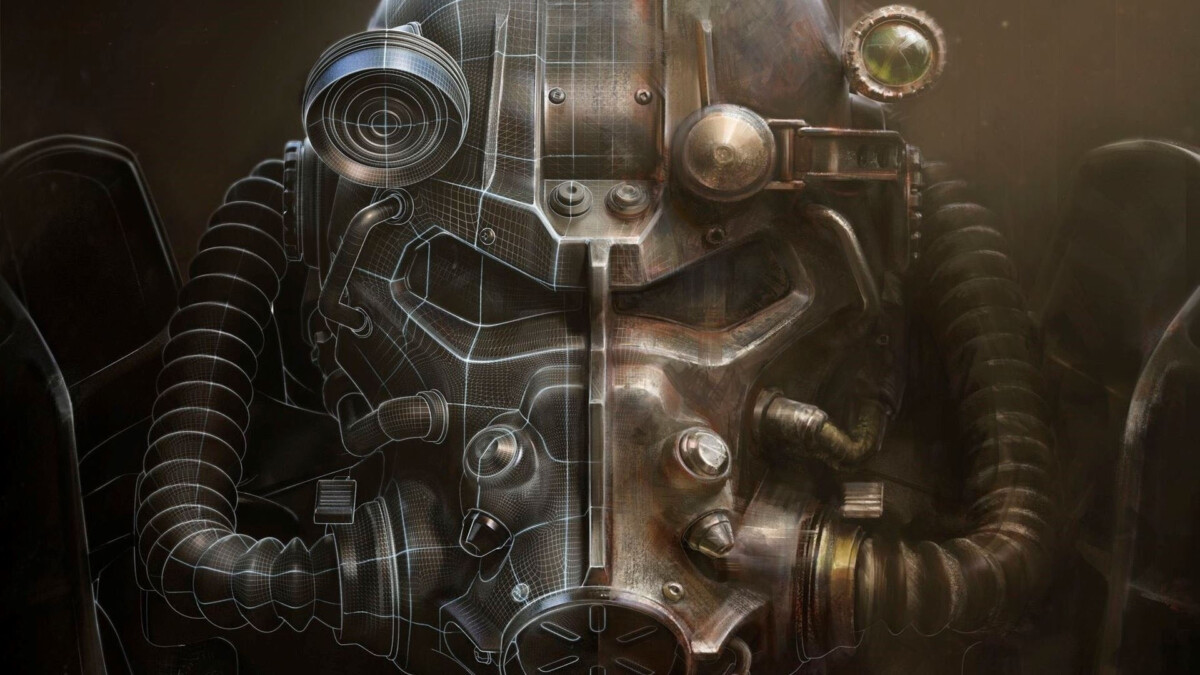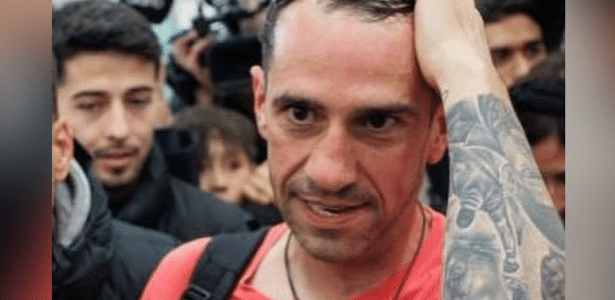March 27th is celebrated as International Graffiti Day. More than just a celebration among urban artists, this date is a tribute to Alex Valory, one of the pioneers of urban art in Brazil. The artist of Ethiopian origin, who was naturalized in Brazil, died on March 27, 1987.
In Belém, many artists and graffiti artists celebrate this date as a reminder of the resistance to artistic expression, which was only legalized in 2011.
Project and resistance art:
Clayton Michel, a graffiti artist from Para who specializes in the “Throw Up” style, explains graffiti beyond aesthetics, and language to intervene in the city as a form of freedom of visual expression.”
📷 |personal archive
For Italo Costa, Cleyton Michell and PTCK, graffiti represents the power of urban art.
Amidst so many prejudices, we have always found a way to exercise our freedom of expression. A lot of people look at us like we’re vandals, and that’s bad. We just want to revive an abandoned wall. I think colors convey better energy to people,” says Clayton Michel.
Graffiti artist PTCK also reinforces the idea. “Like most peripheral cultures, graffiti is still a way to pay tribute to oppressed voices,” he points out. The artist also comments on the importance of resistance, as “graffiti is the voice of the parties and faithfully shows the reality of the street.”
For Fabiana Ribeiro, an occupational therapist and art enthusiast, the perspective is similar. She claims that urban art also provides and inspires personal artistic expressions. “It’s accessible art, it reaches you even if you don’t chase it, it reaches all kinds of people because it’s not trapped in galleries and elite places, it’s like finding inspiration in everyday life,” he comments.
In agreement, italo Costa, a graffiti artist with a Bachelor of Arts and a degree in visual arts, says the streets provide a space for the power of artistic expression to immortalize itself. “The original graffiti, that painted on the walls of the streets, not the galleries, preserves the suggestion of that which appeared in New York, which was the cry of the presence of the fringes in the face of the dominance of capitalism. For the time being, this artistic practice allows society equal access to the visual arts” , Add.
Urban artist appraisal:
Artists point out that public policies can become allies in combating prejudice against street art, as long as it is decentralized. “Motivational scholarship ends up in the hands of those with more knowledge and influence,” Italo points out.
Michel compliments the importance of the work. “(Public policies) can show society that behind every graffiti are good people who are trying to introduce their art into society in the form of letters and colors.”
The graffiti artist also emphasizes the proposal of social actions aimed at children, youth and adults, in order to democratize the teaching of colors and letters, thus encouraging a new view by society regarding graffiti as an artistic expression.
PTCK endorses: For him, including graffiti in art classes would help decentralize the subject and reduce bias.
Enthusiast Fabiana Ribeiro, who resides in Santa Isabel do Barra, is also part of the debate. He comments, “Since I started going to the capital and the metropolitan area, this kind of artistic manifestation caught my attention, in the inner cities we don’t see such a strong and present scene.”
appearance of society
In terms of social contribution, the artists claim that the general population can help the cause with material incentives and welcome.
For Italo: “People of the metropolitan area of Belém need to appreciate the culture and art that is included in it. When we get to know other countries, we realize how far our people have been on the periphery of the arts. We have great artistic places here and many people have no idea they exist,” says the prof.
📷 The “Graphite Rosto” project resists and occupies the streets of Belém |personal archive
Clayton Michel also cites another important class contribution. “The community can contribute and add value by donating the remaining paint from the remaining paintings, so that we can channel our energy into desolate, lifeless walls,” he says.
As a supporter, Fabiana has expressed her admiration for urban art and the artists’ stories. “I admire the possibilities, merging with the city, whether to beautify or to protest. The city is filled with life and inspiration. We do not always know the history of art and the artist, and this also sharpens our imagination to understand the meanings,” he explains.
PTCK believes in the power of education as an ally. “I think education always solves everything, the more people have information about a subject, the more it is appreciated,” says the graffiti artist, who stresses the importance of being seen as artists, in the face of marginalization.
Why choose high places?
This curiosity is sure to interest anyone with an eye for urban arts. “The lower part of the walls is the most contested area, not only by graffiti artists, but also by graffiti artists, illustrators, posters, etc. the well-known ‘peaks’,” explains Italo Costa, a visual artist.
Michel believes that every drawing and every artist carries a story. “I believe in a story to be told, because every graffiti painted on top is a story. It involves a lot of dedication on the part of the artist, it involves the logistics and the adrenaline,” he explains.
Much more than freedom of speech
Patrick Santos devotes a large part of his life to street art and the various artistic representations associated with graffiti. He has been working in this field for 16 years. He signs his “label” as PTCK, as a way to stand out and present himself to the community as an artist, creating an identity and being recognized.
Likewise, Clayton Michel created his identity as LKO, the way he usually signs his works. Active in urban art resistance in Belém for 15 years.
Italo Costa, author of the “Grafite Rosto” project, identifies himself as a sociologist, emphasizing that for him, not only urban art is important, but also what society thinks about his art. He has been working in this field for 11 years.
The memorial history arouses great respect in Fabiana Ribeiro, a great supporter of artistic expression. It sums up the feeling of sincere admiration. “I leave here my congratulations. These people are essential to the life of the city, they continue to resist. This art saves many people’s days,” he concludes.

“Prone to fits of apathy. Problem solver. Twitter buff. Wannabe music advocate.”






More Stories
Sacha Baron Cohen breaks his silence on writing Rebel Wilson's UK memoir
Wheelhouse and British theme park company Merlin Entertainments are building an eclectic roster around the London Eye and other popular attractions
After the controversy, Lily Allen said she moved to the United States for the sake of her daughters